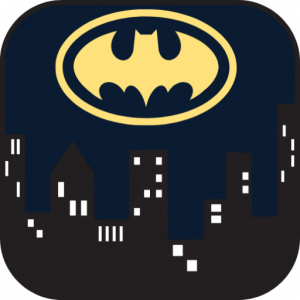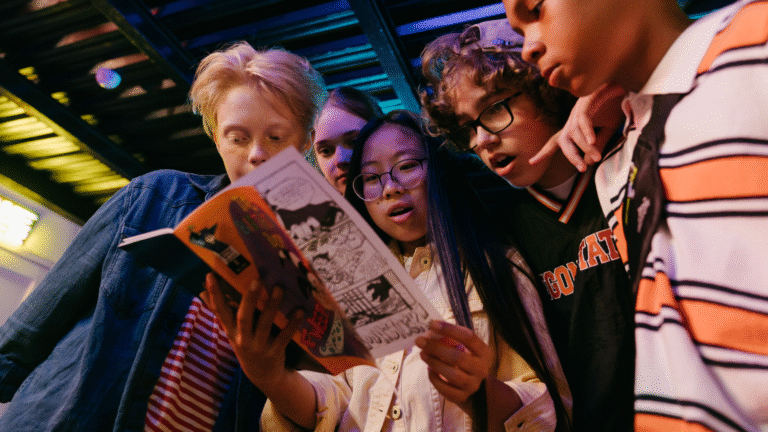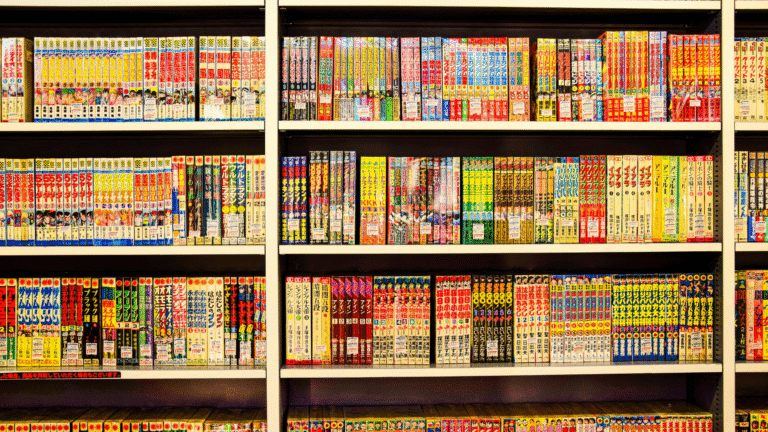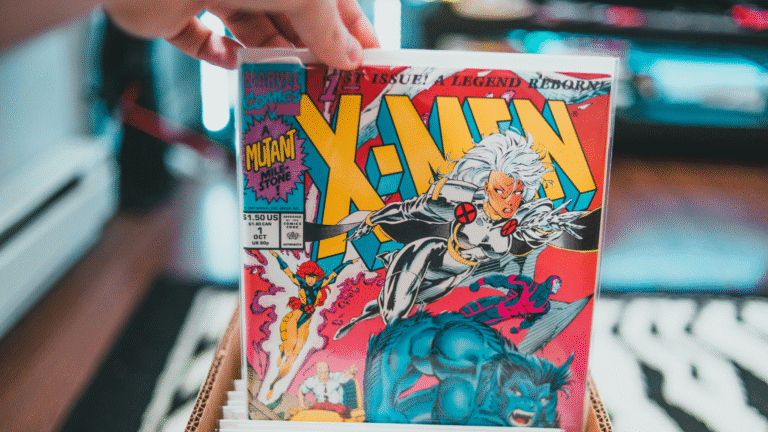The comic book universe has witnessed numerous crossover events that not only captured the imagination of fans but also reshaped the narratives of beloved characters. The top crossover comics that shook the universe introduced groundbreaking concepts, brought unlikely heroes together, and often set the stage for future storylines. These events, characterized by their epic scale and significant impact, left lasting impressions on the comic industry and its audience.
From classic battles to intricate plot twists, these crossovers often explore themes of heroism, sacrifice, and the complexities of good versus evil. They challenge the boundaries of the respective universes, allowing characters to engage in interactions that push their limits and redefine relationships. Fans remember these stories not only for their entertainment value but also for the way they influenced the trajectories of entire franchises.
As readers dive into the world of these remarkable crossovers, they uncover how these pivotal moments changed everything for the heroes and villains involved. Each storyline has its unique flair, drawing fans into a tapestry of adventures that ultimately contribute to the rich history of comic books.
Defining Crossover Comics and Their Impact
Crossover comics have significantly influenced the comic book landscape, linking different stories, heroes, and universes. They create expansive narratives that invite readers to engage with diverse characters and plotlines, reshaping comic book history in paramount ways.
Origins of Crossover Events
The concept of crossover events can be traced back to the early days of superhero comics. The first significant crossover occurred in 1941 when characters from multiple titles united in All-Star Comics. This laid the groundwork for future collaborations.
Notably, the 1963 Fantastic Four Annual featured heroes from various titles teaming up to combat common threats. This merging of universes captured readers’ imaginations, paving the way for interconnected storytelling.
These early examples highlighted the potential for increased sales and reader engagement, as fans were eager to see their favorite characters interact.
Rise of the Modern Crossover
The modern crossover era took shape in the 1980s, notably with events like Crisis on Infinite Earths. This storyline not only merged multiple universes but also streamlined DC’s continuity. It influenced other publishers, prompting Marvel to create their own extensive crossover events.
As comic book shops became more prevalent, these crossovers encouraged customer loyalty by driving readers to purchase multiple titles. Events like Secret Wars and Infinity Gauntlet showcased character interactions on a grand scale, allowing for complex narratives that appealed to broader audiences.
These crossovers also established a pattern of annual events that fans anticipated, creating a cultural phenomenon within comic book fandom.
How Crossovers Shaped Comic Book History
Crossover events have fundamentally altered comic book history, marking shifts in storytelling techniques and character development. They have allowed publishers to attract diverse reader demographics by appealing to fans of multiple characters and genres.
Moreover, crossovers often resulted in lasting changes to comic book characters and their arcs. For instance, events like House of M and Civil War introduced new themes and conflicts that resonated with contemporary societal issues.
This interconnectivity within the comic book medium has fostered a sense of community among readers, as discussions around crossovers extend beyond single titles. Its impact is evident in how comics continue to evolve, reflecting an ongoing dialogue between characters and narratives.
Revolutionary Crossovers That Changed the Industry
Several crossover events have deeply influenced the comic book industry, shaping both narrative structures and character development. These events introduced complex storylines, character dynamics, and expanded the universes of major publishers.
Crisis on Infinite Earths
“Crisis on Infinite Earths,” published in 1985 by DC Comics, redefined the superhero genre. This event aimed to eliminate the multiverse, consolidating various Earths into a single universe.
Key Elements:
- Characters: Featured iconic heroes like Superman, Batman, and Wonder Woman, along with numerous alternate versions.
- Impact: This series influenced future DC stories and led to significant character reboots. It introduced themes of sacrifice and legacy.
The bold narrative set a precedent for large-scale storytelling and changed how audiences perceived interconnected universes.
Secret Wars
Marvel’s “Secret Wars,” released in 1984, marked a notable shift in how comic book publishers approached crossovers. It brought heroes and villains together on a distant planet known as Battleworld.
Key Elements:
- Concept: Created by toy company Hasbro to promote related action figures.
- Event: Included popular characters like Spider-Man, the X-Men, and the Avengers, showcasing their interactions in a unique setting.
“Secret Wars” established a template for large-scale events that intertwined various character arcs, influencing subsequent Marvel storylines.
Mutant Massacre
“Mutant Massacre,” spanning several X-Men titles in 1986, focused on the brutal conflict between mutants and the Marauders, a group of mutant assassins.
Key Elements:
- Character Development: This event explored the vulnerabilities and moral complexities of the mutant community.
- Consequences: It led to substantial character changes, including the deaths and injuries of beloved characters.
The storyline’s intensity and darker themes paved the way for deeper, more mature narratives within superhero comics.
The Dark Knight Returns
Frank Miller’s “The Dark Knight Returns,” published in 1986, portrayed an older Batman returning from retirement to face a new wave of crime.
Key Elements:
- Tone: Offered a gritty, dystopian perspective on Gotham City and the superhero genre, appealing to an adult audience.
- Legacy: Giovanni’s portrayal of characters like Superman and Wonder Woman challenged traditional heroism and morality.
This comic not only redefined Batman but also influenced the overall approach to storytelling in comics, emphasizing darker themes and complex character arcs.
Key Characters, Creators, and Their Roles in Major Crossovers
Major crossover comics often hinge on the contributions of pivotal characters and the creative minds behind them. Understanding their importance reveals how these stories have shaped the comic book landscape.
Influential Writers and Artists
Chris Claremont is known for his extensive work on the X-Men, particularly the Uncanny X-Men, where he created complex characters and subplots. His narratives often featured Wolverine and Magneto, establishing strong moral dilemmas.
Jim Shooter played a significant role in developing crossovers during his tenure at Marvel. He wrote Secret Wars, a landmark series that brought numerous heroes together, including the Avengers and the Fantastic Four.
Frank Miller and Alan Moore brought darker tones to the genre. Miller’s The Dark Knight Returns influenced Batman stories, while Moore’s work in Watchmen redefined superhero narratives by emphasizing moral ambiguity.
Iconic Teams and Heroes United
Crossover events often showcase iconic teams such as the Avengers and the Fantastic Four. The Avengers, featuring characters like Captain America and Thor, have battled various intergalactic threats, culminating in significant arcs like the Infinity Gauntlet.
The X-Men have been central to many crossovers, with members like Nightwing and Wolverine tackling issues of mutation and societal acceptance. Their narratives often intersect with various heroes and teams, expanding the depth of conflict.
Excalibur, the British counterpart to the X-Men, also plays a role. The team helps bridge the gap between British characters and American heroes, creating unique crossover opportunities.
Villains and Alternate Reality Threats
Villains like Doctor Doom and Magneto frequently emerge in crossovers, posing existential threats that unite heroes. Doctor Doom’s intelligence and powers challenge both the Fantastic Four and the Avengers in various arcs.
Magneto’s ideologies create significant conflict within the X-Men, often leading to crossover alliances. His vision of mutant superiority instills fear, prompting heroes to come together against him.
Alternate reality threats, such as those introduced in Crisis on Infinite Earths, add depth to the narrative. Heroes face different versions of themselves, challenging their core beliefs and alliances, which reshape the universes they inhabit.
Notable Crossover Events and Their Lasting Legacy
Crossover events have left a significant mark on the comic book landscape, merging distinct genres and characters into cohesive narratives. These encounters often redefine character arcs and expand the boundaries of storytelling in comics.
Genre Crossovers: Alien, Doctor Who, and The Crow
Genre-crossing comics often produce intriguing narratives. For instance, the intersection of the Alien franchise with Predator has ignited the imagination of fans through tales of survival and horror.
Meanwhile, Doctor Who has blended with multiple universes, introducing Time Lords to various comic realms, including the Transformers and Star Wars. This level of interaction showcases time travel’s potential to enrich plots and character development.
The Crow also demonstrates this effect, combining dark supernatural themes with real-world struggles, creating a unique emotional narrative. Such crossovers not only diversify the genres involved but also attract varied audiences.
Lasting Effects on Comic Book Universes
The repercussions of crossover events resonate across comic book universes. For example, the X-Factor series was born out of the X-Men franchise, serving as a testament to how crossover success can lead to expanded storylines and new character explorations.
Furthermore, major events like Infinity Gauntlet and Secret Wars have created a ripple effect, influencing multiple series and timelines. The idea of a shared universe has become a staple, allowing for complex interconnections between various characters and story arcs.
These events often introduce permanent changes to character statuses, alliances, and locations, such as the mutant haven of Genosha, illustrating how crossovers directly shape the landscape of comic book realities.
The Influence of Crossovers on Alternate Reality Storytelling
Crossover events have significantly impacted alternate reality storytelling in comics. Works like The Multiversity by Grant Morrison explored multiple universes, showing how different versions of characters can interact and conflict.
This technique encourages writers to rethink the established canon, ultimately leading to refreshing character arcs and intriguing plotlines. For example, characters in alternate realities can exhibit drastically different traits and motivations, adding depth to their primary universe portrayals.
Crossover stories provide a canvas for exploring “what if” scenarios that challenge readers’ perceptions of their favorite heroes and villains. This exploration fosters creativity, inspiring other media adaptations and fan-generated content in the comic landscape.







Recent Comments